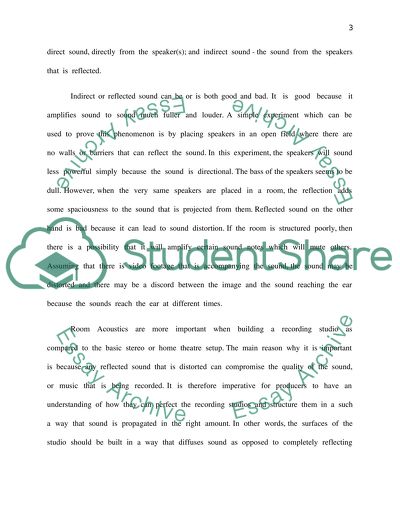Cite this document
(“Room acoustics Essay Example | Topics and Well Written Essays - 2500 words”, n.d.)
Room acoustics Essay Example | Topics and Well Written Essays - 2500 words. Retrieved from https://studentshare.org/systems-science/1403115-room-acoustics
Room acoustics Essay Example | Topics and Well Written Essays - 2500 words. Retrieved from https://studentshare.org/systems-science/1403115-room-acoustics
(Room Acoustics Essay Example | Topics and Well Written Essays - 2500 Words)
Room Acoustics Essay Example | Topics and Well Written Essays - 2500 Words. https://studentshare.org/systems-science/1403115-room-acoustics.
Room Acoustics Essay Example | Topics and Well Written Essays - 2500 Words. https://studentshare.org/systems-science/1403115-room-acoustics.
“Room Acoustics Essay Example | Topics and Well Written Essays - 2500 Words”, n.d. https://studentshare.org/systems-science/1403115-room-acoustics.


